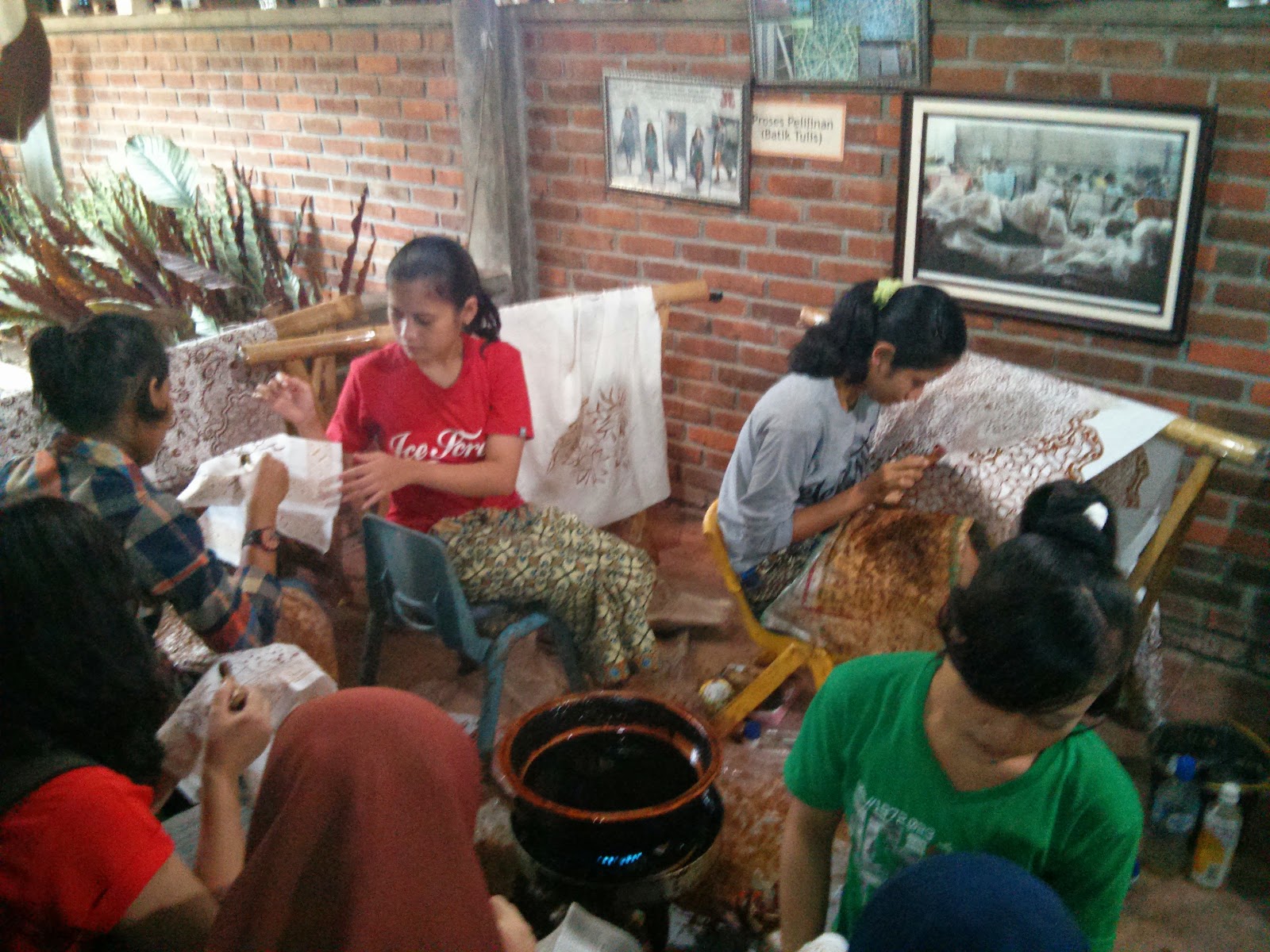Last week, I was in
East Timor for work. East Timor is actually a funny place name. Timor means "east" in Indonesian, so the island is named Timor ("East") and the country is Timor Leste or East Timor or East East. It is one of the world's newest countries and, with a complicated and violent independence from Indonesia, it came into being in 2002. Linguistically it is pretty fascinating with Portuguese (the official and colonial language), Tetum (the local language spoken on the streets), Indonesian (the language many of those left in the older generation were educated in and the language of much available television and media), English (used by the large international community present in Dili), and hundreds and hundreds of local dialects (used at home). Makes my tongue feel tired just contemplating it.
Anyway. It is a beautiful and complex place. My work week was busy with school visits and meetings, but the one of the highlights simplest to share was the school goats. On a visit to 12th of November School, there were baby goats in the yard, seemingly unaware of the students passing through and visitors snapping photos. They munched on grass and took naps under motorcycles... and I'm not kidding around!








